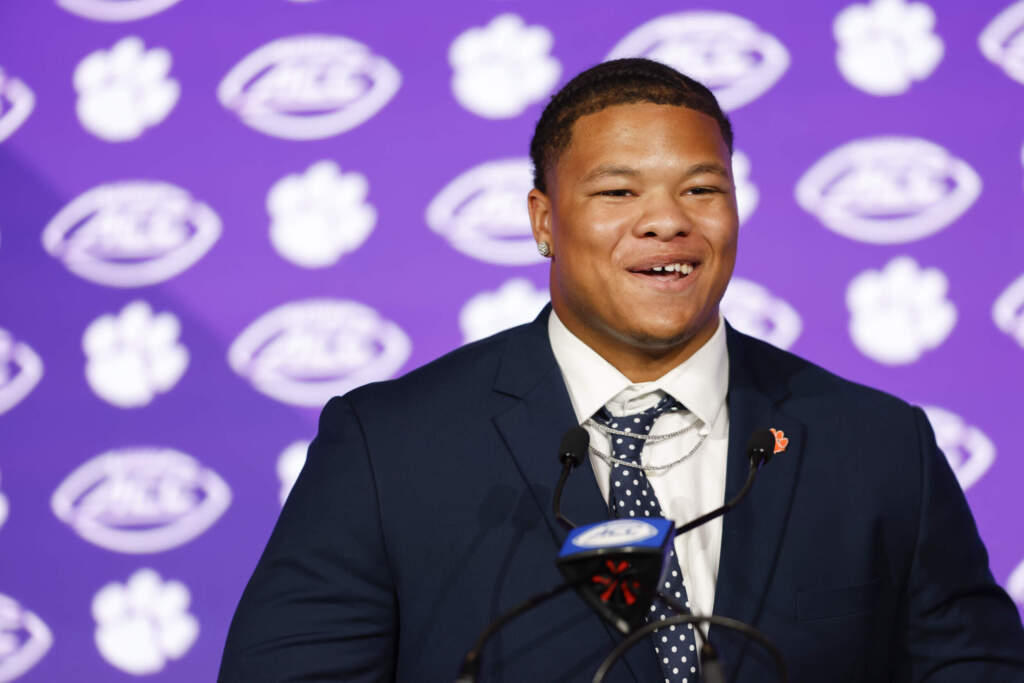Jan. 18, 2006
As many of you may have read, a recent study by the NCAA indicated Clemson University is performing among the nation’s best with graduating its student-athletes. For example, according to GSR (Graduation Success Rate) findings for the four-year period of 1995-99:
- Nine of Clemson’s 14 sports programs had 100 percent graduation rates.
- The Tiger football program ranked second nationally among USA Today top-25 teams and fourth among all Division I football institutions with a 94 percent mark.
- Clemson’s 94-percent graduation rate for football was almost 30 percentage points higher than the national average (65 percent).
- Every Clemson program had at least a 75 percent graduation rate.
The GSR and the APR (Academic Progress Rate) are now used to measure a school’s academic performance. The means by which graduation rates are measured has been revised. The new rates do not count transfers or early professional-draft departures against a school’s graduation rate.
As a result, I believe the NCAA has created a more realistic picture of what is happening academically. Previous reports of graduation rates by student-athletes were not a true reflection of what was occurring, particularly in regards to transfers.
In the past if a student-athlete left your school — for any numbers of reasons from playing time to wanting to get closer to home — and was in good academic standing, it counted against the school with the old standard of measurement.
The new reporting standard that the NCAA is now using provides a better reflection on what has been happening over the years.
As Clemson is continually improving as an upper tier University, the result is an ever-changing academic environment. For instance, we have seen significant curriculum changes on campus. These changes create new challenges with recruiting and afterwards with retention.
As we move forward, Clemson supporters can look back and take a great deal of pride in these graduation rates. It speaks to Clemson’s commitment to making sure that our student-athletes get an education while representing the school athletically.
It also indicates the significance of the vision of building Vickery Hall in 1991. Vickery Hall has been very good for Clemson. Bill D’Andrea was the first director of the student-athlete academic learning center and did a tremendous job. D’Andrea helped build the foundation for the academic successes we see today.
You can see the historical data based on the new reporting standards that Clemson has done an excellent job historically of graduating its student-athletes. Our objective is to build on that tradition and make Clemson even better.
In Solid Orange,Terry Don Phillips
Past ColumnsJanuary 10, 2006December 21, 2005December 13, 2005December 6, 2005November 30, 2005November 22, 2005November 16, 2005November 9, 2005November 1, 2005October 25, 2005October 19, 2005October 11, 2005October 4, 2005September 26, 2005September 21, 2005September 5, 2005August 23, 2005August 4, 2005July 26, 2005June 28, 2005May 23, 2005April 25, 2005April 4, 2005March 16, 2005February 23, 2005February 15, 2005February 9, 2005February 1, 2005January 25, 2005January 18, 2005January 11, 2005January 6, 2005December 15, 2004December 7, 2004November 30, 2004November 17, 2004November 10, 2004November 3, 2004October 26, 2004October 21, 2004October 11, 2004October 4, 2004
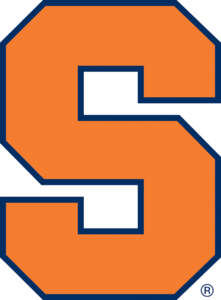 Syracuse
Syracuse 
 Virginia
Virginia  Florida State
Florida State  Wake Forest
Wake Forest  Miami (Fla.)
Miami (Fla.)  Alabama
Alabama  Tennessee
Tennessee  Charlotte
Charlotte  USC Upstate
USC Upstate 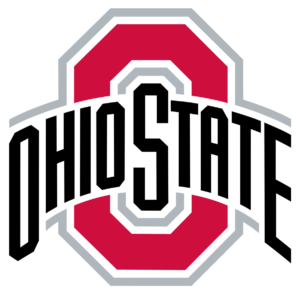 Ohio State
Ohio State  Georgia State`
Georgia State`  Ohio University
Ohio University  Virginia Tech
Virginia Tech  Indiana
Indiana  Tiger Classic
Tiger Classic  South Carolina
South Carolina  South Carolina
South Carolina  Campbell
Campbell  UAB
UAB  East Tennessee State
East Tennessee State  LSU
LSU  South Carolina
South Carolina  App State
App State  North Carolina A&T
North Carolina A&T  Charlotte
Charlotte  Pittsburgh
Pittsburgh  Troy
Troy  Georgia
Georgia  Cougar Classic
Cougar Classic  Georgia
Georgia  VCU
VCU  Stanford
Stanford  Elon
Elon 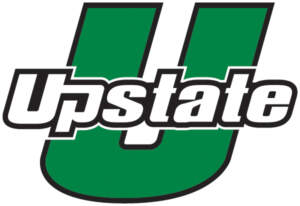 USC Upstate
USC Upstate  Georgia Tech
Georgia Tech  Wofford
Wofford  SMU
SMU 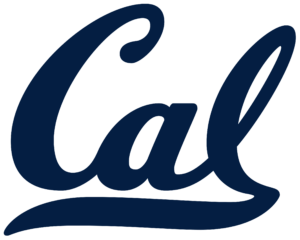 California
California  Queens
Queens  Georgetown
Georgetown  Norfolk State
Norfolk State  Louisville
Louisville  Charleston Southern
Charleston Southern  Mason Rudolph Championship
Mason Rudolph Championship 



